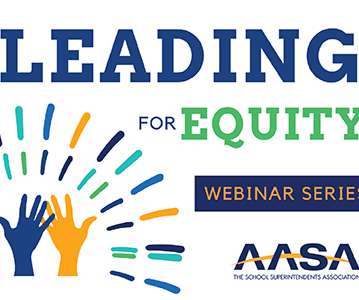Implementing Innovation Strategies to Make School Districts More Equitable
edWeb.net
APRIL 30, 2021
McNulty is the president of the National Dropout Prevention Center (NDPC) and the Successful Practices Network (SPN). Ray has served as Chair of the National Dropout Prevention Network and was the chief learning officer for Penn Foster, a global leader in online education. From 2001-2003, he served as Vermont’s Education Commissioner.














Let's personalize your content